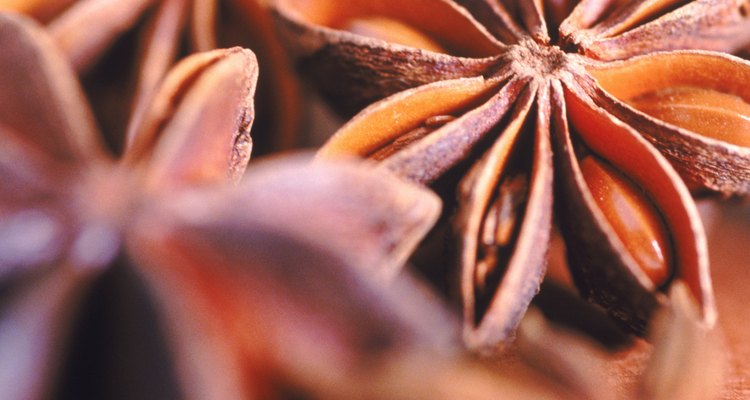
John Foxx/Stockbyte/Getty Images
Anise extract is best known for its strong licorice flavor and it is commonly used in cooking and baking, especially to flavor cookies and cakes. Most varieties of this extract are pure and made from natural ingredients. Anise is an aromatic herb with licorice-flavored seeds that is native to the Mediterranean area. Anise extract is made from tincture from star anise or anise.
How Are Extracts Made?
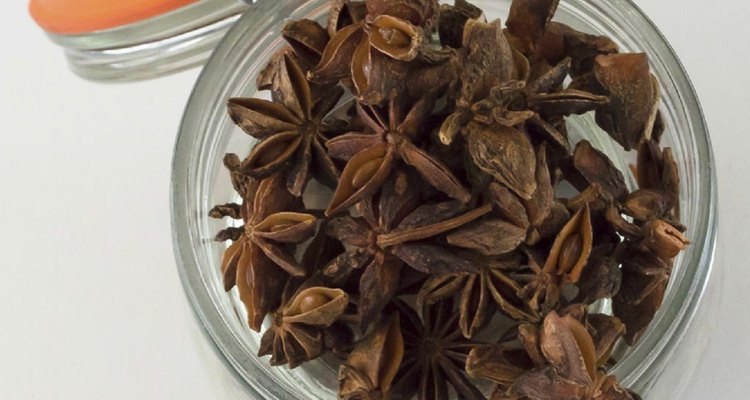
Fran99/iStock/Getty Images
Extracts are made from many food or herb sources ranging from beef, wine or vanilla to herbs such as anise, peppermint, ginger, nutmeg or cinnamon. These are all concentrated flavoring agents.
To make wine essence or beef extract, you reduce the liquid to syrup form. Peppermint, anise and vanilla extracts are made by dissolving the spice or flavoring oil in alcohol. It's possible to make extracts, fruit liqueurs or flavored sugars at home by infusing spices and fruit peels in rum, vodka or other liquors.
Anise extract is made by filling a half-pint canning jar with whole star anise and then covering it with vodka. It can be left indefinitely if stored in a cool, dark place; screw the lid on tightly.
Substitutes

Fotosmurf03/iStock/Getty Images
In cooking, there are many possible substitutes for anise extract, including anise-flavored liqueur (substitute 1 to 2 tbsp. liqueur for each tsp. of anise extract); anise seed or aniseed (2 tsp. ground anise seed equals 1 tsp. of anise extract); or anise oil (one part flavoring oil equals four parts extract). Vanilla extract can also be used.
History

Scott Thomas/iStock/Getty Images
Anise was used as a flavoring agent or spice by Romans, Greeks and Egyptians. Another historical tidbit--anise flavor was so popular by the early 1300s that the tolls charged for imports of anise seed amounted to enough to help pay for London Bridge repairs.
Main Uses
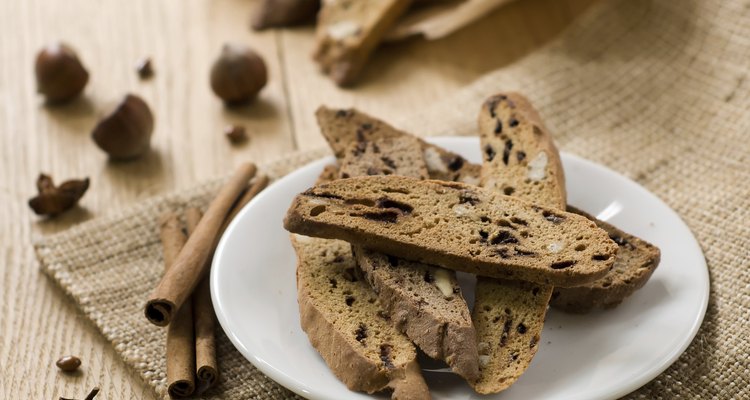
Nataliia Dvukhimenna/iStock/Getty Images
Anise extract is widely used in baked goods worldwide, as well as to flavor liqueurs or liquor. It is is a key ingredient in homemade Absinthe or Galliano liquors, as well as Greek ouzo, French anisette and Turkish arrak and taki. In baking, biscotti, pizelle, pfefferneusse peppernut cookies and anise tuiles are enhanced with anise's distinctive flavor. Some people enjoy adding a bit of anise extract to any cookie batter or coffee cake. Anise extract can work well in anything baked with spices like cloves, cinnamon or nutmeg.
Unusual Uses
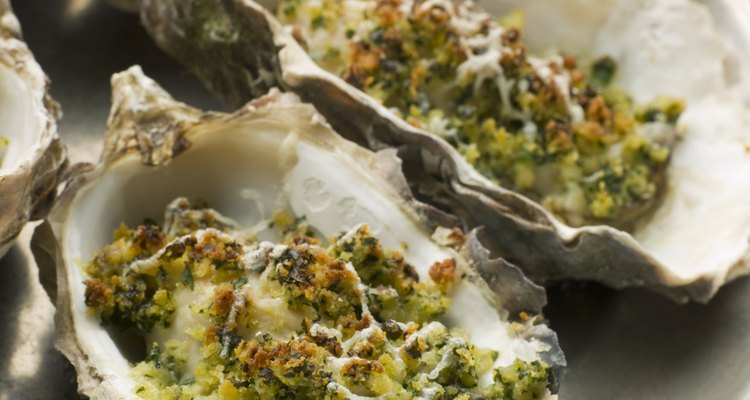
monkeybusinessimages/iStock/Getty Images
One of the most unusual uses for anise extract is as a bait additive for catching fish. Many fishermen claim that when they add some anise extract to their bait, they are able to catch more fish. Some cooks also claim that a dash of anise extract adds a noteworthy additional flavor to Oysters Rockefeller.
Related Articles
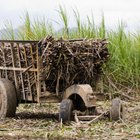
What Liquors Are Made From Sugar Cane?

Difference Between Peppermint Extract & ...
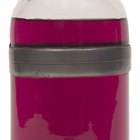
Alcohol Content of Cooking Sherry

Substitutes for the Saffron Spice

How to Substitute Orange Extract for ...

A Substitute for Elderflower Cordial

How to Make Carob Juice
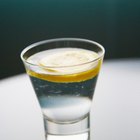
Tanqueray Gin Ingredients

Shredded Coconut Substitute

What Is Agave Syrup?

What Is Accent Seasoning?
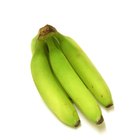
The Most Popular Foods of Puerto Rico

Can You Make Sweet and Sour Without ...

Brandy Flavoring Substitute

Substitute for Framboise Liqueur
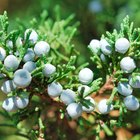
Are Juniper Berries the Same As Capers?

How to Make Sarsaparilla Soda

What Is Agave Cactus Juice?

Is There Anything That Can Be Used As a ...
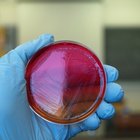
Uses of Saltpeter in Food
References
Writer Bio
Sherry Crawford has been a writer for more than 30 years. She started freelance writing in 1997, with articles published in alumni magazines for Minnesota State University-Mankato, Gustavus Adolphus College and the University of Dubuque. In Iowa, she writes for Kirkwood Foundation, Mercy Medical Center and the Greater Cedar Rapids Community Foundation. Crawford holds a Bachelor of Arts in journalism/English from the University of Minnesota.
Photo Credits
John Foxx/Stockbyte/Getty Images